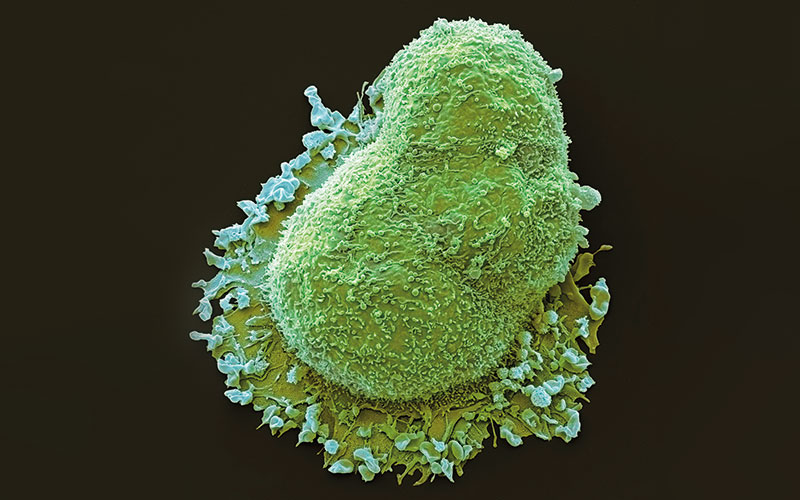Deputy Editor Guy Orchard provides a brief glimpse of the articles on offer in the third issue of the year.

Colorectal cancer and hepatitis markers
Colorectal cancer is the most frequent type of cancer worldwide and in this issue we have a few papers investigating microsatellite instability (MSI) markers and microRNAs (miRNAs) in the pathogenesis of the disease. We start with CAT25 (T25 mononucleotide repeat of the Caspase 2 gene). T25 has been found to be a reliable marker for detecting MSI in colorectal cancer. Sanchez et al. attempt to develop and validate a high-resolution melting PCR (HRM-PCR) method for CAT25 instability detection in peripheral blood DNA from 110 patients with colorectal cancer, in comparison with 208 healthy volunteers. HRM-PCR for CAT25 showed a tight range of 64-66 base pairs. CAT25 results provided 100% predictive values and p<0.0001 to classify a tumour as having high MSI, confirming CAT25 as a promising marker for MSI analysis.
Huang et al. presented a paper analysing hepatitis C virus (HCV) infections and demonstrating the effects of single nucleotide polymorphisms (SNPs) of the Fas cell surface death receptor and Fas Ligand (FASL) and the impact these have in apoptosis of immune cells and target cells infected with a virus through the FA-FASL signalling pathway. Analysing four SNPs on 522 individuals with spontaneous HCV clearance and 733 patients with HCV infection. It was concluded that the genetic variant in FASL is linked with HCV infection, but not spontaneous HCV clearance.




